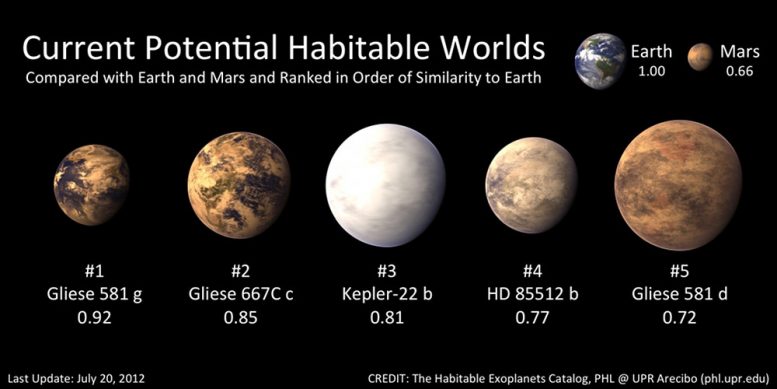
Artistic representation of five known potential habitable worlds including Gliese 581g. Credit: The Habitable Exoplanets Catalog, PHL @ UPR Arecibo
A newly published study reveals that habitable zones near red dwarf stars may be smaller than previously thought. The researchers believe that the exoplanets orbiting the red dwarfs may be mostly covered by icy crusts, save for somewhat lobster-shaped oceans on their day sides.
Alien planets circling the most common stars in the universe may often have strange lobster-shaped oceans on their surfaces, researchers in China now say.
These findings suggest the habitable zones where life as we know it might dwell around these stars is smaller than previously thought, scientists added.
The most common type of star in the universe is the red dwarf. These stars, also known as M dwarfs, are small and faint, about one-fifth as massive as the sun and up to 50 times dimmer. They make up to 70 percent of the stars in the cosmos, a vast number that potentially makes them valuable places to look for extraterrestrial life. Indeed, recent findings from NASA’s Kepler space observatory reveal that at least half of these stars host rocky planets that are one-half to four times the mass of Earth.
Research into whether a distant planet might host life as we know it usually focuses on whether or not it has liquid water, since there is life virtually everywhere there is liquid water on Earth, even miles underground. Scientists typically concentrate on habitable zones, also known as Goldilock zones — the area around a star where it is neither too hot nor too cold enough for a planet to possess liquid water on its surface.
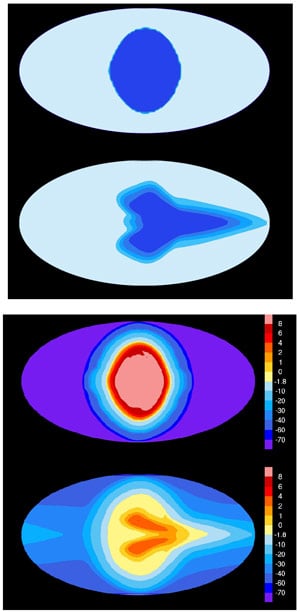
What the day side of a tidally locked exoplanet orbiting a red dwarf might look like, given atmospheric carbon dioxide levels similar to modern-day Earth. On the top frame, white represents ice while blue represents open water; on the bottom frame, colors represent surface air temperatures. The top image in each frame represents a computer model that does not take ocean heat flow into account; the bottom image in each frame does take such heat flow into account. Credit: Yongyun Hu
The habitable zones around red dwarfs are close to such stars because of how dim they are, often closer than the distance Mercury orbits the sun. This makes it relatively easy for astronomers to detect worlds in a red dwarf’s habitable zone; since the orbits of these exoplanets are small, they complete their orbits quickly and often, and scientists can in principle readily detect the way these worlds dim the light of these stars by passing in front of them.
When a planet orbits a star very closely, the star’s gravitational pull can force the world to become “tidally locked” to it. When a planet is tidally locked to its star, it will always show the same side to its star just as the moon always shows the same side to Earth, so that the planet will have one permanent day side and one permanent night side.
The uneven heating that tidally-locked planets experience could make them profoundly different from Earth. For instance, prior research speculated the dark sides of tidally-locked planets would become so cold that their atmospheres would freeze, leaving even the sunlit sides with little air. However, more recent models of atmospheric circulation have shown that winds on these planets would cause heat to flow enough to avoid this atmospheric collapse for terrestrial planets in the habitable zones around red dwarfs.
Recently astrobiologists suggested that tidally-locked exoplanets around red dwarfs might resemble giant eyeballs. Their night sides would be covered with icy, frozen shells, while their day sides would host giant oceans of liquid water constantly basking in the warmth of their stars.
However, planetary scientists Yongyun Hu and Jun Yang at Peking University in Beijing noted that past research into how tidally-locked exoplanets around red dwarfs might look did not consider the way in which heat might circulate within the oceans of such worlds.
Now these researchers find that when computer models account for the role that ocean heat transport can play, tidally locked exoplanets around red dwarfs might not resemble giant eyeballs at all. Instead, they might be mostly covered by icy crusts, save for somewhat lobster-shaped oceans on their day sides.
The simulations involved a computer model that comprehensively accounted for both atmospheric circulation and oceanic circulation and how they might influence one another on a planet orbiting a red dwarf about 5,660 degrees F (3,125 degrees C). The model used the same planetary parameters as that of an exoplanet called Gliese 581g located about 20 light years away, which may be the first known potentially habitable alien world — this world is a “super-Earth,” a rocky planet 1.5 times wider than Earth. The researchers assumed the planet would have a global ocean about 13,125 feet (4,000 meters) deep, the average depth of Earth’s oceans.
Because of the way ocean heat flows, the amount of open water on the day sides of these planets might be substantially larger than before thought. It also efficiently warms their night sides, preventing atmospheric collapse. If the starlight is bright enough, or if there are sufficiently high levels of heat-trapping greenhouse gases such as carbon dioxide, ocean heat flow could actually lead to a complete lack of ice on the planet’s surface, even on the night side.
“This is the first work to demonstrate how a dynamic ocean can change the climate state of super-Earth-like exoplanets,” Hu said.
Assuming this tidally locked exoplanet has roughly as much carbon dioxide in its atmosphere as modern-day Earth, it would have an ocean on its day side surrounded by ice. However, the computer model suggested this ocean would not be perfectly round like an eyeball’s iris, but would rather have a vaguely lobster-like shape, with two “claws” on either side of the equator and a long “tail” along the equator.
“The lobster shape is created by ocean currents,” Hu said.
It might be possible to see if these planets really do possess lobster-shaped oceans in the future, although current telescopes cannot do it, he added.
The claws are caused by ocean currents that rotate like cyclones, while the long tail is the result of something called a Kelvin wave, “which can be simply understood as a result of an equatorial ocean jet stream,” Hu said.
Because the jet stream is eastward, it transports warm water from the day side to the night side, and transports cold water from the night side to the day side, explaining why the ocean is not symmetrical when one looks from east to west.
Although ocean heat flow suggests tidally-locked exoplanets orbiting red dwarfs might have more habitable open water on their surfaces than before thought, it could also mean that red dwarf habitable zones are actually narrower than previously suggested.
The scientists found that a dynamic ocean would be more likely to force planets to enter what is known as a runaway greenhouse effect. In this scenario, a planet absorbs enough heat from its star to cause too much water to vaporize. Steam is a greenhouse gas, and so that planet would trap even more heat from its star, causing still more water to vaporize. Eventually, all the water on that world boils away, rendering them uninhabitable — a phenomenon that could explain why Venus is so desolately dry today.
The researchers suggest this increased vulnerability to the runaway greenhouse effect means the inner edge of red dwarf habitable zones may be slightly farther away from these stars than previously thought, although Hu noted they were uncertain exactly how much smaller the habitable zones would be.
Astrobiologist Jim Kasting at Pennsylvania State University at University Park, Penn., who did not take part in this study, noted he would like to see the researchers calculate where the edges of habitable zones might be for tidally-locked exoplanets around red dwarfs. He would also like to see the scientists model the effects that a greater range of brightnesses from the stars would have on these planets.
Reference: “Role of ocean heat transport in climates of tidally locked exoplanets around M dwarf stars” by Yongyun Hu and Jun Yang, 30 December 2013, PNAS.
DOI: 10.1073/pnas.1315215111


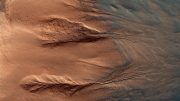
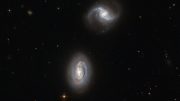
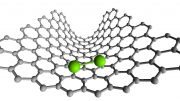
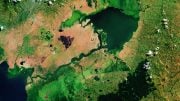
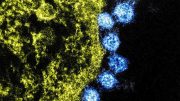

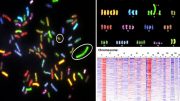
Be the first to comment on "Habitable Zones Near Red Dwarf Stars Smaller than Previously Thought"